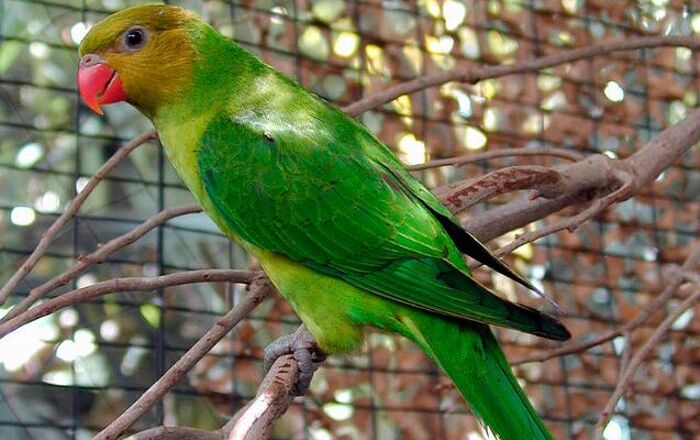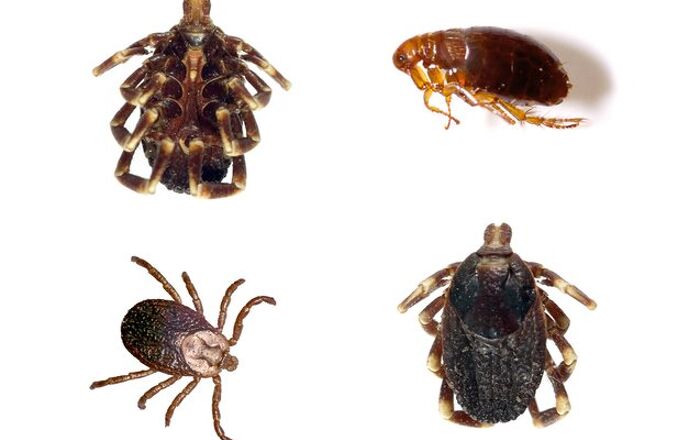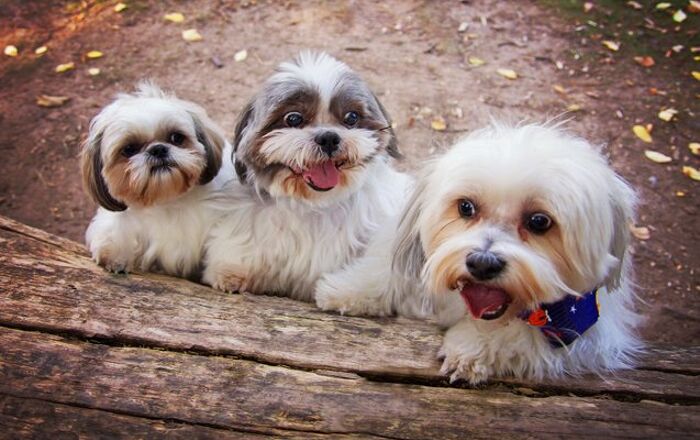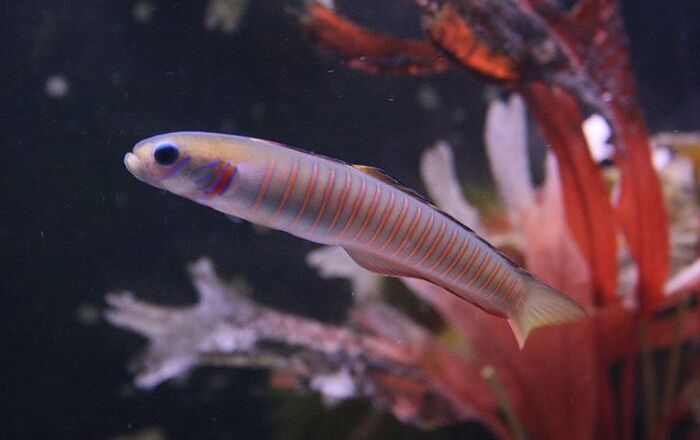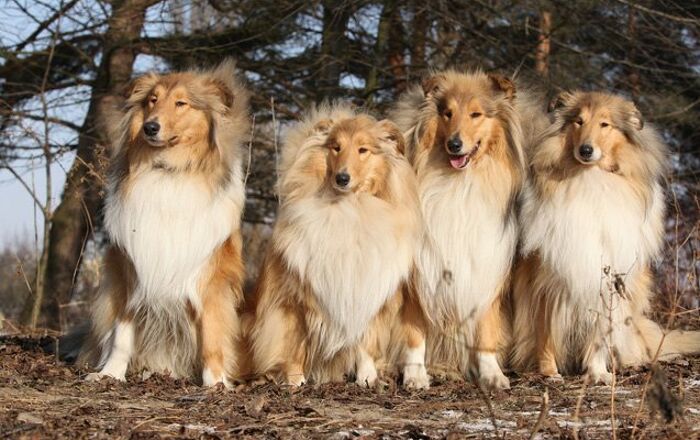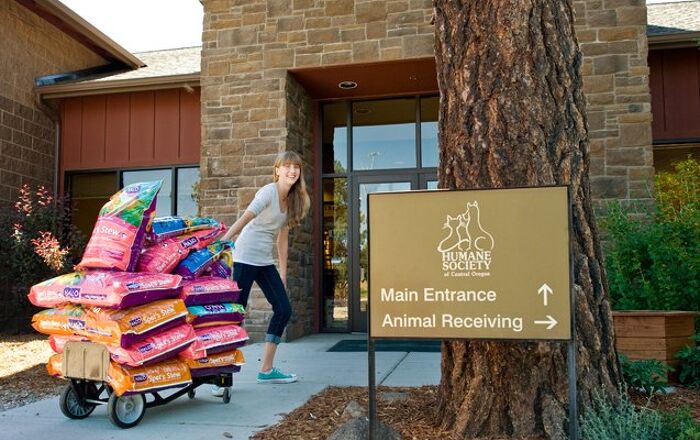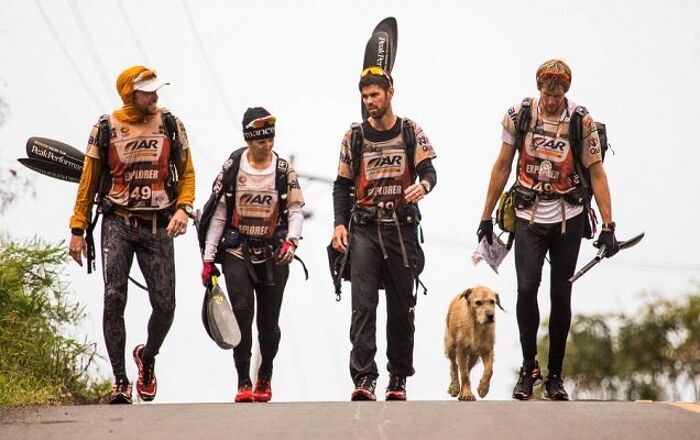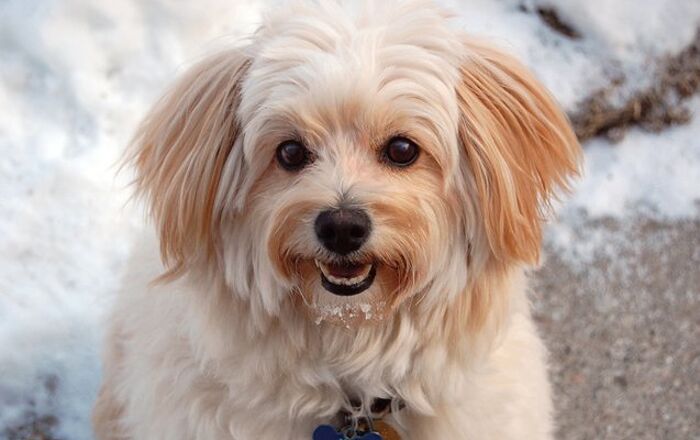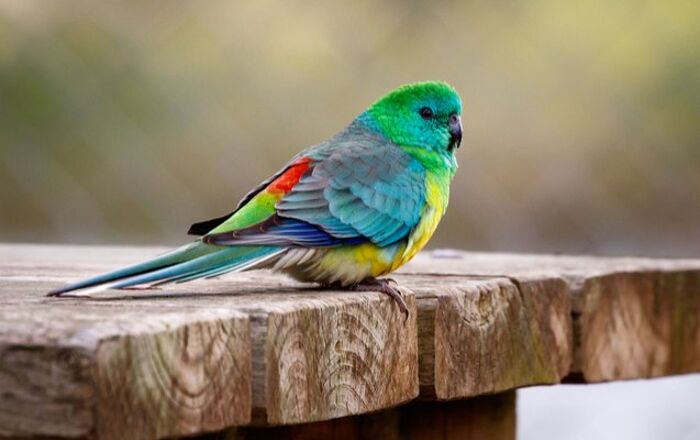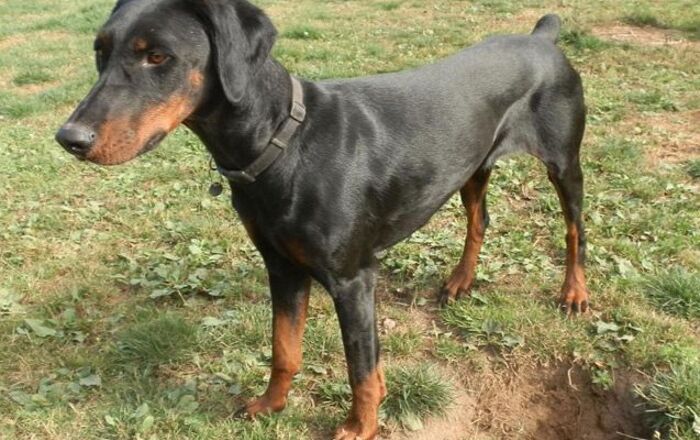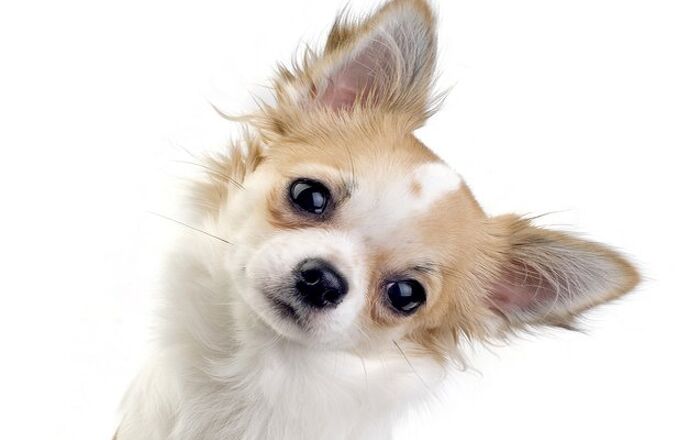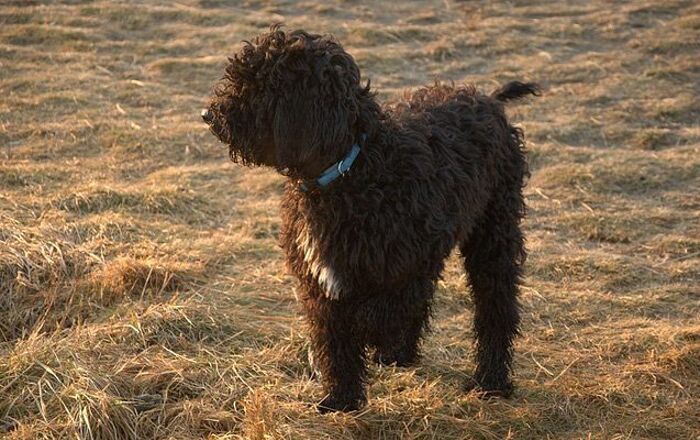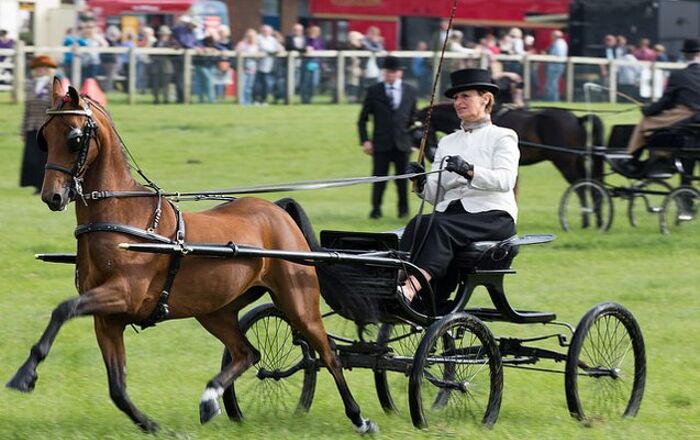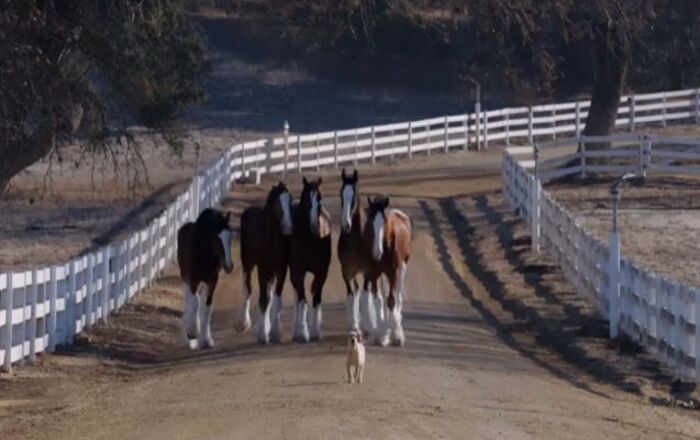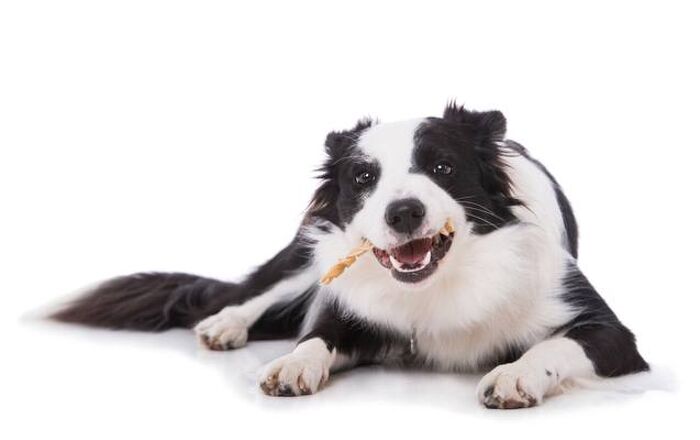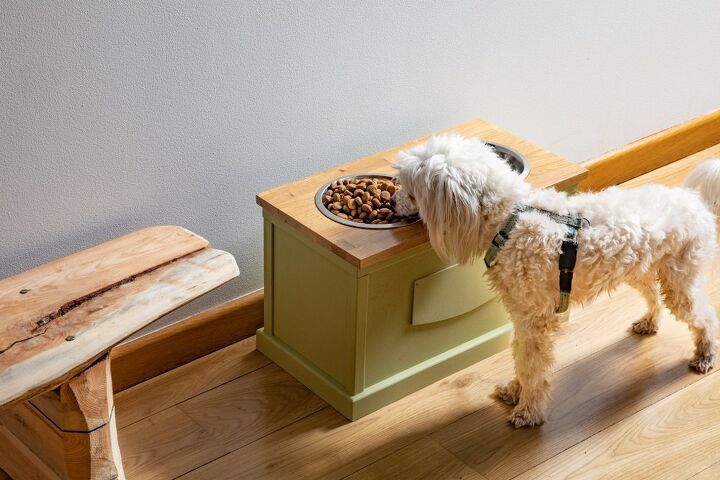
When it comes to dinner, how does your dog eat? Elevated bowls bring your dog’s dinner up to him.
Dogs come in all shapes and sizes from tiny little Chihuahuas to towering Great Danes. When it comes to nutrition, dog food is not strictly one size fits all. Dogs of different breeds, ages, and sizes require a unique balance of nutrients and there may be some differences in the way you feed them. For example, many people assume that you should feed a large or giant breed dog from an elevated bowl to reduce the strain on their neck from bending down. You may be shocked to learn that this is actually a horrible (and potentially deadly) mistake.
Feeding a dog from an elevated bowl may seem simple enough, but for dogs of large and giant breeds it can actually increase the risk for a dangerous condition called gastric dilation volvulus or bloat. Read on to learn more about this condition and the role elevated dog bowls play in causing it.
Related:What is Dog Bloat?
What is an Elevated Dog Bowl, Anyway?
An elevated dog bowl is exactly what it sounds like – there are no surprises. It is simply a dog bowl that doesn’t sit directly on the floor. Elevated dog bowls may come in a metal, plastic, or wooden stand in a variety of shapes. Some stands are adjustable, allowing you to raise or lower the height of the bowl, while others are set to a specific height. There are even elevated dog bowls that double as dog food containers, the bowls being inset into the lid.
Are They Safe for Your Dog?
Many dog owners assume that an elevated dog bowl is a good option for large and giant breeds, so they don’t have to lean all the way down to the floor. While this may be a benefit for older and arthritic dogs, a head-down position is actually more natural for a dog to eat in. There are also some manufacturers who claim that elevated dog bowls produce less mess and are less likely to slide across the floor. The second of these may be true, but the first is unlikely.
Related:Top 11 Snuffle Mats For Dogs
The most important thing to think about with elevated dog bowls is whether it is safe. When they were first marketed, elevated dog bowls were said to reduce the risk of bloating for large dogs. The study referenced was extremely flawed, however, and the truth is quite the opposite – raised dog bowls can actually increase the risk of gastric dilation volvulus or bloat. This is a condition in which the dog’s stomach fills with air and twists on its axis, decreasing blood flow and shutting off the stomach’s ability to pass food or gas, leading to a life-threatening situation.
Tips for Choosing an Elevated Dog Bowl
If your veterinarian confirms that an elevated dog bowl won’t harm your dog, you can think about shopping for one. The key is to find a bowl that is the perfect height for your dog to reduce strain on the neck. To get the proper measure, have your dog stand up straight and measure the distance from the floor up to the point where your dog’s front legs meet his chest. You can also measure from the floor to your dog’s shoulder and subtract 3” to 6”, depending on his height.
Your dog’s safety should be your top priority, so if you aren’t sure whether an elevated dog bowl is the right choice, talk to your veterinarian. It may be strange that something so seemingly harmless could cause devastating consequences, but it is true. It’s not worth the risk!
